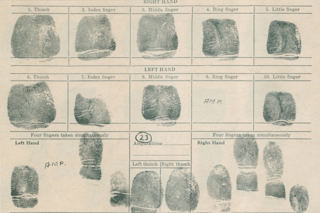One of the things I really hate are unqualified linear projections. They're so useless most of the time. A science fiction magazine will give you more insight about the future than the United Nations population projection for the year 2100. This is just as much of an issue when it comes to American Census demographic projections. As I've noted before population projections of the coming non-Hispanic white minority 2040 to 2050 are sensitive to the assumptions behind the basic parameters. The logic of the projection is crystal clear and airtight, but just because a certain set of assumptions holds today, does not mean that those assumptions will hold indefinitely (though the Census projections are much more plausible than the United Nations projections because two generations are so much more strongly impacted by by the inertia of current conditions that four generations). In the 18th and 19th century white Americans, and ...
Don't count old stock Anglo-America out
Explore American Census demographic projections and how past fertility trends influence future patterns. Discover surprising insights!
More on Discover
Stay Curious
SubscribeTo The Magazine
Save up to 40% off the cover price when you subscribe to Discover magazine.
Subscribe












